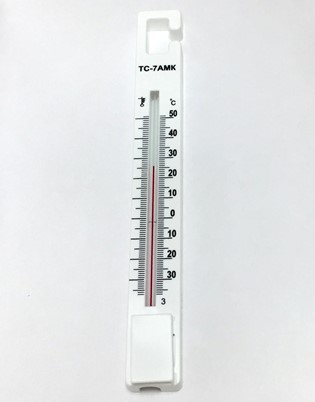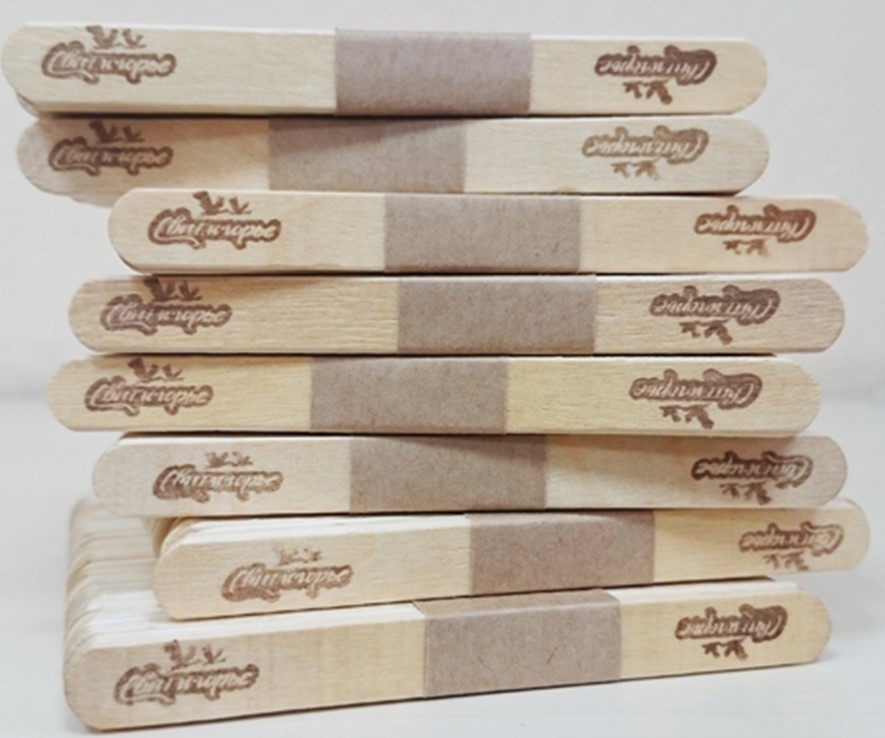Australia: What does 2024 hold for lamb producers?

The survey results show that 49% of 2023 lambs will be sold in the first half of 2024 , up from 2023's 46%. This will smooth out the supply of lambs over a longer period, with fewer lambs sold this spring as a percentage of the total flock.
This retention of lambs until the first half of calendar year 2024 means prices could remain low for some time as supply does not appear to be tightening. This result is interesting given that last week Australia recorded its highest ever lamb slaughter total of around 500,000 HEAD.
Survey results show sheep producer sentiment in both the wool and lamb sectors has fallen over the past year. Lamb industry sentiment has fallen 109 points over the past 12 months, from +67 in October 2023 to -42 in October this year. Sentiment for the wool industry also fell, but to a lesser extent. Wool sentiment fell just 27 points, from +12 last year to -15 now.
Prices and weather are the main factors behind low confidence in the sheep sector. Interestingly, with sentiment in the wool industry being higher than in the lamb sector, we may be seeing a reversal of the recent trend towards more beef sheep. This trend will take time to recover and could impact breed demographics in 2024 and beyond.
The study collects data on the sales channels used by sheep producers. The data shows that manufacturers use an average of 1.3 different sales channels – with 50% of manufacturers using marketplaces to some extent – up from 58% last year. Seasonal conditions and the desire of producers to ensure available processing space and price have led to a 50% increase in the number of sheep sold under forward contracts. Producers have decreased their use of online channels as herd recovery slowed and restocking trends became less active in the market.
Read together with it:
- A Rostov broiler farmer was fined 750,000 rubles for selling meat contaminated with salmonella.The lawsuit against the poultry farm was filed by ROSSELKHOZNADZOR based on the results of an inspection that revealed serious violations of the production process. These included rust on metal structures, which compromised product quality, and unsanitary conditions that facilitated the growth of pathogenic microflora. A batch of Blagoyar pork legs with the backbone proved particularly dangerous, ...
- Губернатор назвал меры по борьбе с топливным кризисом в Хабаровском краеДемешин поручил наладить поставки бензина и дизеля для Советского-Гаванского и Ванинского районов с двух НПЗ, которые работают в Хабаровском крае. Дефицит топлива на берегу Татарского пролива наблюдается с начала сентября Губернатор Хабаровского края Дмитрий Демешин собрал рабочее совещание для борьбы с топливным кризисом в Ванинском и Советско-Гаванском районах. Он написал это в своем телеграм-ка...
- "Cardboard Superpower." What is Poland prepared to take into 2026?Photo: Unsplash The Polish government has submitted its draft 2026 budget to the Sejm. In short, the hole in the Polish budget is growing even wider, and the national debt is on the verge of skyrocketing. Meanwhile, military spending is breaking records, cementing Poland's status as NATO's leader in defense spending as a percentage of GDP. However, the value of such leadership is questionable. Or ...
- В Приморье владельцу коз вынесено предупреждение за игнорирование ветеринарных мероприятийПо информации управления, владелица частного подворья, Чернуха Г.В., отказалась предоставить для осмотра и проведения ветеринарных процедур 14 коз. Согласно российскому законодательству, владельцы животных несут ответственность за их здоровье и обязаны проводить профилактические мероприятия, направленные на предупреждение болезней. В управляющем органе подчеркивают, что владельцы животных обязаны ...
- Советы по борьбе с опасными заболеваниями животных: страны СНГ предпринимают совместные мерыВ рамках подписанных документов установлены три ключевых направления совместных действий: Профилактика и борьба с бешенством. Профилактика и борьба с ящуром. Профилактика и борьба с гриппом птиц и болезнью Ньюкасла. Цели данных инициатив включают предотвращение распространения заболеваний, снижение экономического ущерба, а также защиту здоровья человека. Реализация этих мероприятий требует координ...
- Торговля агропродовольственными товарами ЕС остаётся стабильной, несмотря на рост ценЛидером по объёму импорта стала Великобритания, на долю которой пришлось 27,6 млрд евро (+1,2 млрд евро, +5%), чему способствовали высокие цены на какао и шоколад. За ней следовали США и Швейцария. Напротив, экспорт в Китай сократился на 670 млн евро (-10%) из-за снижения спроса на зерновые, а экспорт в Таиланд сократился на 242 млн евро, отчасти по той же причине. Импорт агропродовольственной про...




























































